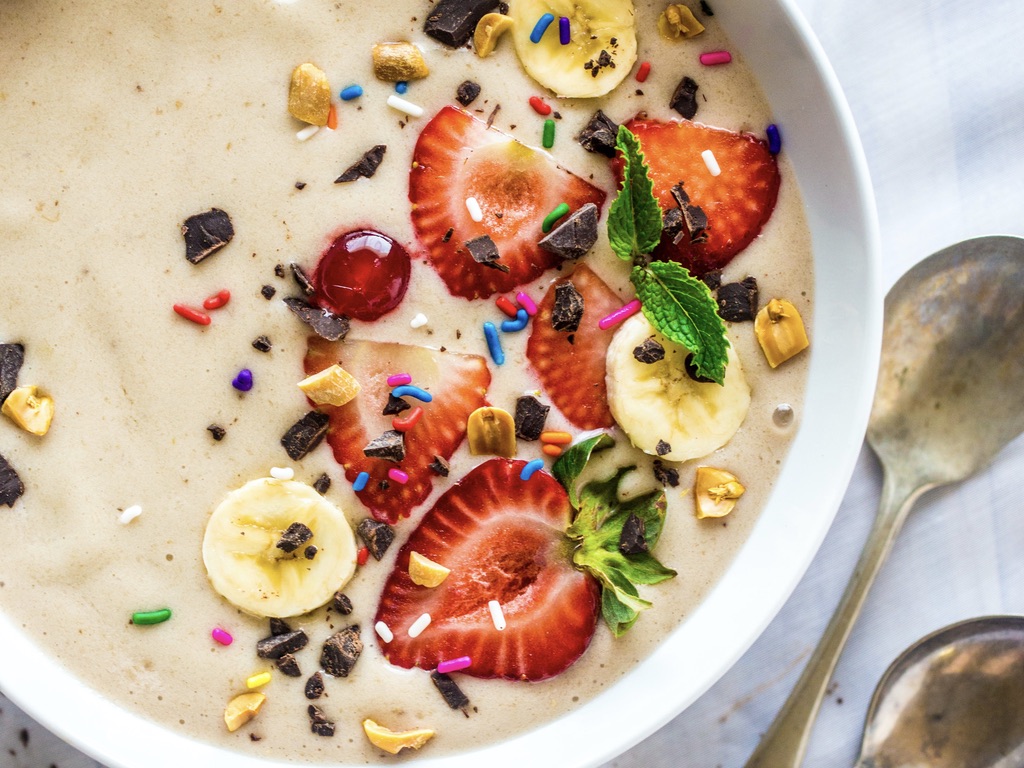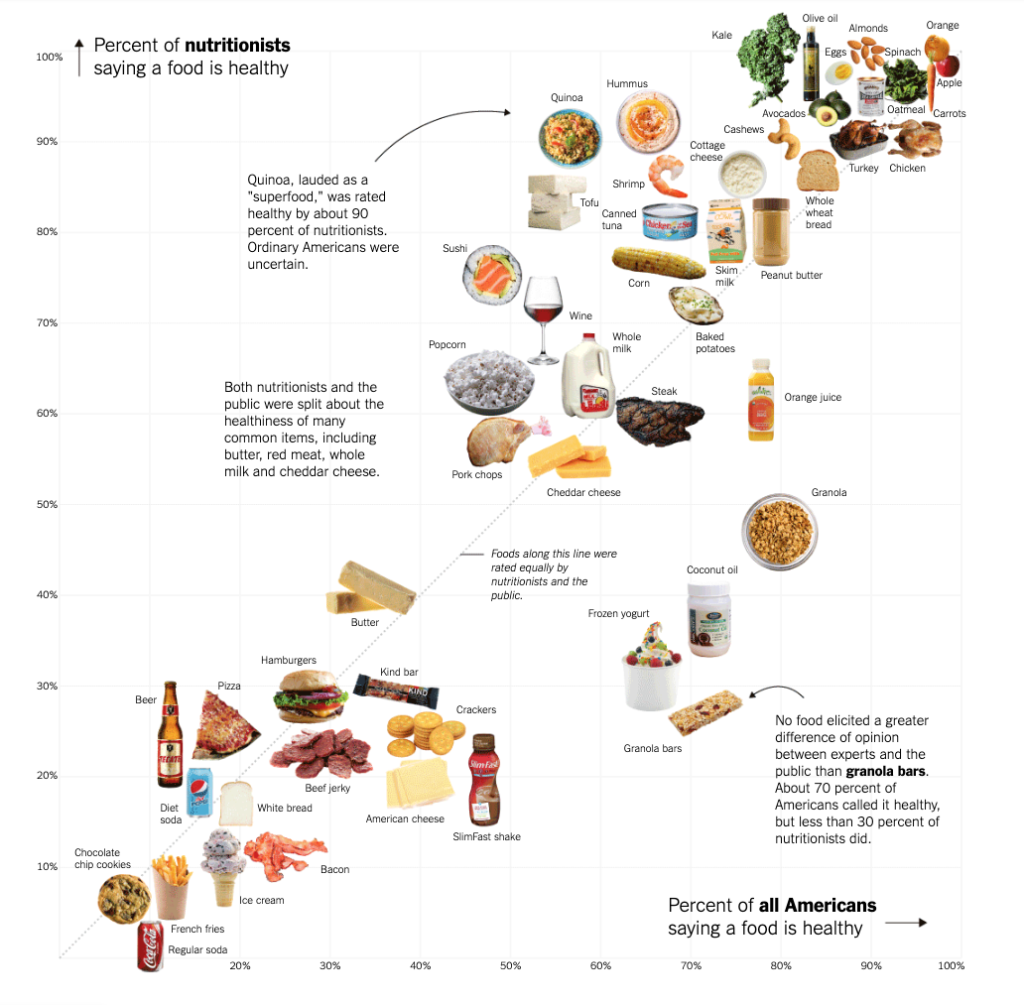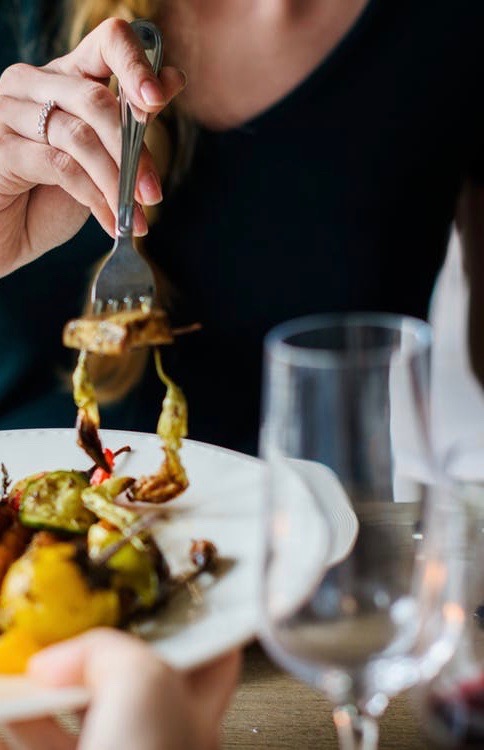
Too many of us fall into the trap of eating in ways that are either excessively permissive or overly strict.
A bottle of wine and four slices of pizza for dinner on Tuesday followed by skipping lunch and an hour of treadmill “punishment” on Wednesday.
A weekend free for all and a week of low carb repentance.
Whole30 October + eat ALL THE THINGS November.
These approaches are neither sustainable or particularly enjoyable.
Lasting change requires an unwinding of the all or nothing approach to eating. Healthy eating doesn’t mean every meal has to be “perfect” (which is impossible anyway). It looks a bit more like 80/20. Which seems like a simple concept, but can be difficult to implement if you’ve practiced being either “on” or “off” a diet for any length of time. One “slip up” means the whole day is ruined. So you might as well finish off the ice cream in the freezer, right?
If this resonates (and you are NOT alone), try to start thinking of feeding yourself as a good parent feeds a child.
With love.
With limits.
Without drama – or harsh punishment.
Eating well is a skill you can learn (at any age). It requires saying goodbye to other people’s diet rules and coming up with a set of guidelines that make sense for you. It requires patience and self-compassion. It requires trying different foods and acquiring a taste for items that may not have been a regular part of your diet in the past (like veggies or coffee without caramel syrup and whip).
It requires SLOWING down and thoughtfully building in healthier habits while gently unwinding the unhelpful ones.
But we live in an instant gratification world. We want to lose 50 pounds yesterday. So we’re easily wooed by extreme diet after extreme diet, instead of slowly + steadily shifting our palate and habits.
We become skilled at being on a diet – or being off a diet. And that is not a recipe for sustained success.
You can and will change your habits, your weight, and your relationship with food for good if you give it enough time.
The word health originally meant “whole” or complete. To be healthy was to be sound of body and mind. Many of us – whether we diet or not – have a relationship with food that is broken. But it’s never too late to pick up the pieces and put them back together.
💙 Robyn
Interested in a one-on-one coaching relationship with me? It would be an honor to work with you if and when the time feels right.
To learn more about Personal Health Coaching click HERE.
To schedule a Discovery Session click HERE.



